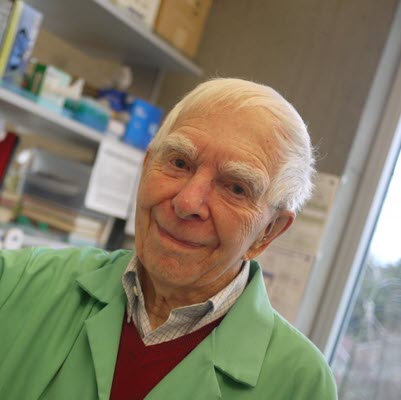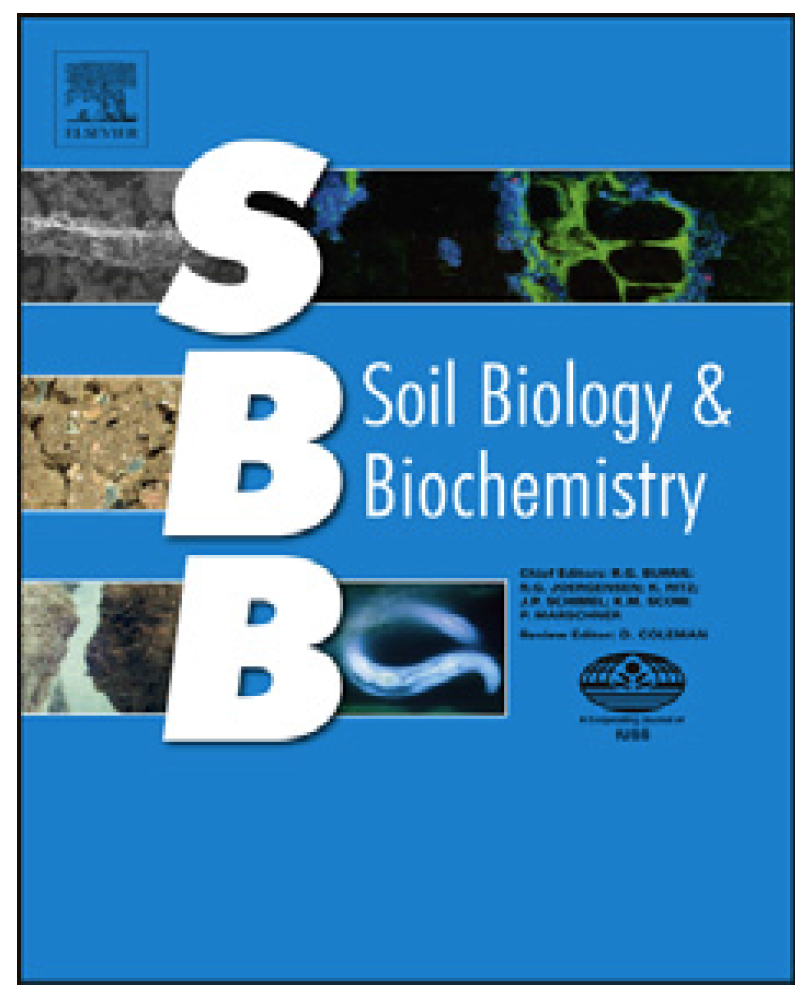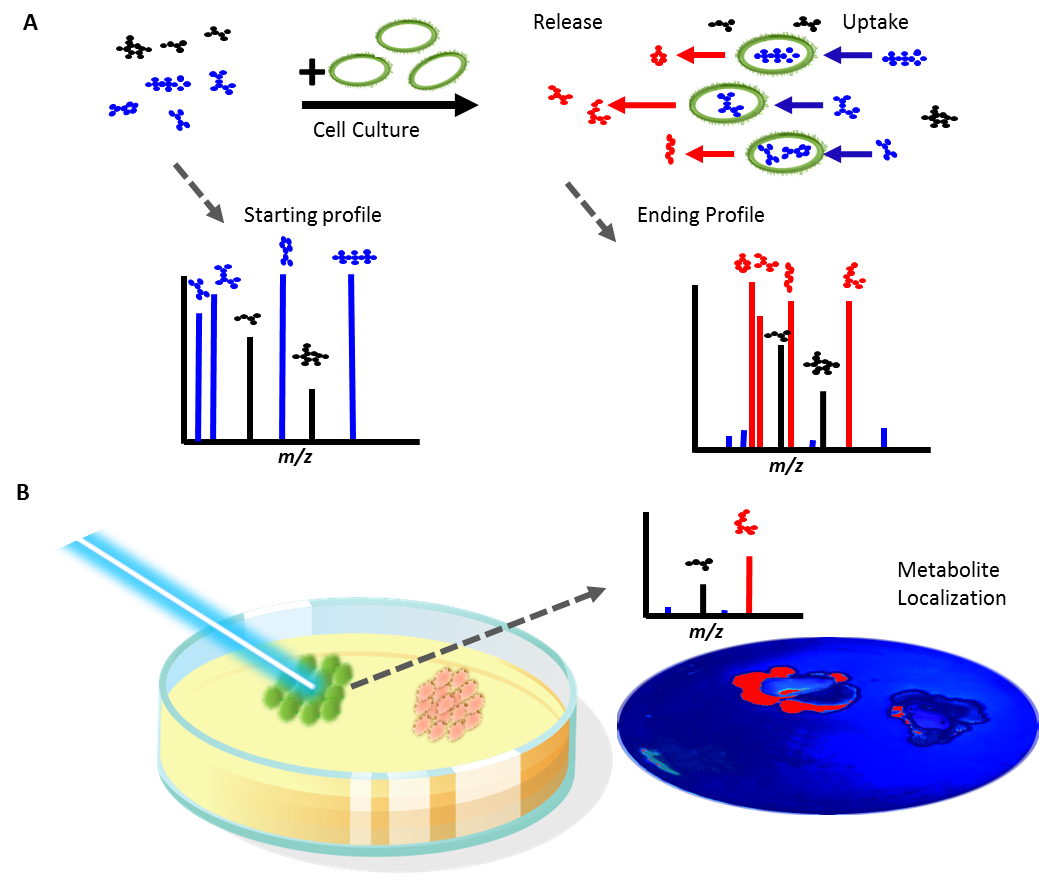Northen Lab members and JGI Metabolomics have contributed to a few recent -omics publications in addition to other research efforts that have been highlighted in previous posts. Learn more about the use of metabolomics at JGI in the following papers:
Enhanced production of metabolites confirmed with LCMS[1]
Due to increased genome sequencing and mining capabilities, it is becoming easier to predict secondary metabolite biosynthetic gene clusters (BGCs). In this article, researchers were able to associate 22 secondary metabolites with BGCs using a new CRAGE-CRISPR (chassis-independent recombinase-assisted genome engineering and clustered regularly interspaced short palindromic repeats) strategy and an untargeted metabolite workflow.
Untargeted nonpolar metabolomics uncovers novel fungal metabolite[2]
This paper focuses on secondary metabolite production by anaerobic gut fungi. Anaeromyces robustus was co-cultured with the bacteria Fibrobacter succinogenes strain UWB7 to test whether these organisms have an antagonistic relationship, which revealed a unique fungal metabolite that had a significantly higher production when the fungi was in the presence of the bacteria. This may be a defense compound against F. succinogenes.
Molecular networking of LCMS data elucidates secondary metabolites in fungi[3]
This paper also explores anaerobic gut fungi, but focuses on secondary metabolite production and the potential of fungal natural products as sources of antimicrobials, therapeutics, and other bioactive compounds. With metabolomics, 72 likely products of Anaeromyces robustus were identified, including a possible baumin compound.
Metabolites involved with signaling and cell wall remodeling identified with LCMS[4]
Septoria stem canker and leaf spot disease in Populus species (such as cottonwood, poplar, and aspen plants) is caused by Sphaerulina musiva, a fungal pathogen. For this research, the metabolites of Septoria-resistant and Septoria-susceptible plants were compared using polar metabolomics, finding 222 metabolite patterns fluctuating in correspondence with susceptibility to infection.
Changing metabolite production due to temperature revealed in microalgae[5]
Microalgae have significant potential for energy and chemical production due to their ability to convert sunlight into lipids and carbohydrates. In this recent paper, metabolomics was used to determine the lipid and polar metabolite levels in a microalgal strain over a 24h period, and found different levels of metabolites corresponding to gene expression in response to temperature stress. In addition, untargeted metabolomics discovered features matching 177 unique compounds in the Global Natural Products Social Molecular Networking spectral library (GNPS).
References:
- Ke, J., Robinson, D., Wu, Z. Y., Kuftin, A., Louie, K., Kosina, S., Northen, T., Cheng, J. F., & Yoshikuni, Y. (2021). CRAGE-CRISPR facilitates rapid activation of secondary metabolite biosynthetic gene clusters in bacteria. Cell Chemical Biology. Published. https://doi.org/10.1016/j.chembiol.2021.08.009
- Swift, C. L., Louie, K. B., Bowen, B. P., Hooker, C. A., Solomon, K. V., Singan, V., Daum, C., Pennacchio, C. P., Barry, K., Shutthanandan, V., Evans, J. E., Grigoriev, I. V., Northen, T. R., & O’Malley, M. A. (2021). Cocultivation of Anaerobic Fungi with Rumen Bacteria Establishes an Antagonistic Relationship. MBio, 12(4). https://doi.org/10.1128/mbio.01442-21
- Swift, C. L., Louie, K. B., Bowen, B. P., Olson, H. M., Purvine, S. O., Salamov, A., Mondo, S. J., Solomon, K. V., Wright, A. T., Northen, T. R., Grigoriev, I. V., Keller, N. P., & O’Malley, M. A. (2021). Anaerobic gut fungi are an untapped reservoir of natural products. Proceedings of the National Academy of Sciences, 118(18), e2019855118. https://doi.org/10.1073/pnas.2019855118
- Lenz, R., Louie, K., Sondreli, K., Galanie, S., Chen, J. G., Muchero, W., Bowen, B., Northen, T., & Leboldus, J. (2021). Metabolic patterns in Septoria canker resistant and susceptible Populus trichocarpa genotypes 24 hours post-inoculation. Phytopathology®. Published. https://doi.org/10.1094/phyto-02-21-0053-r
- Calhoun, S., Bell, T. A. S., Dahlin, L. R., Kunde, Y., LaButti, K., Louie, K. B., Kuftin, A., Treen, D., Dilworth, D., Mihaltcheva, S., Daum, C., Bowen, B. P., Northen, T. R., Guarnieri, M. T., Starkenburg, S. R., & Grigoriev, I. V. (2021). A multi-omic characterization of temperature stress in a halotolerant Scenedesmus strain for algal biotechnology. Communications Biology, 4(1). https://doi.org/10.1038/s42003-021-01859-y




